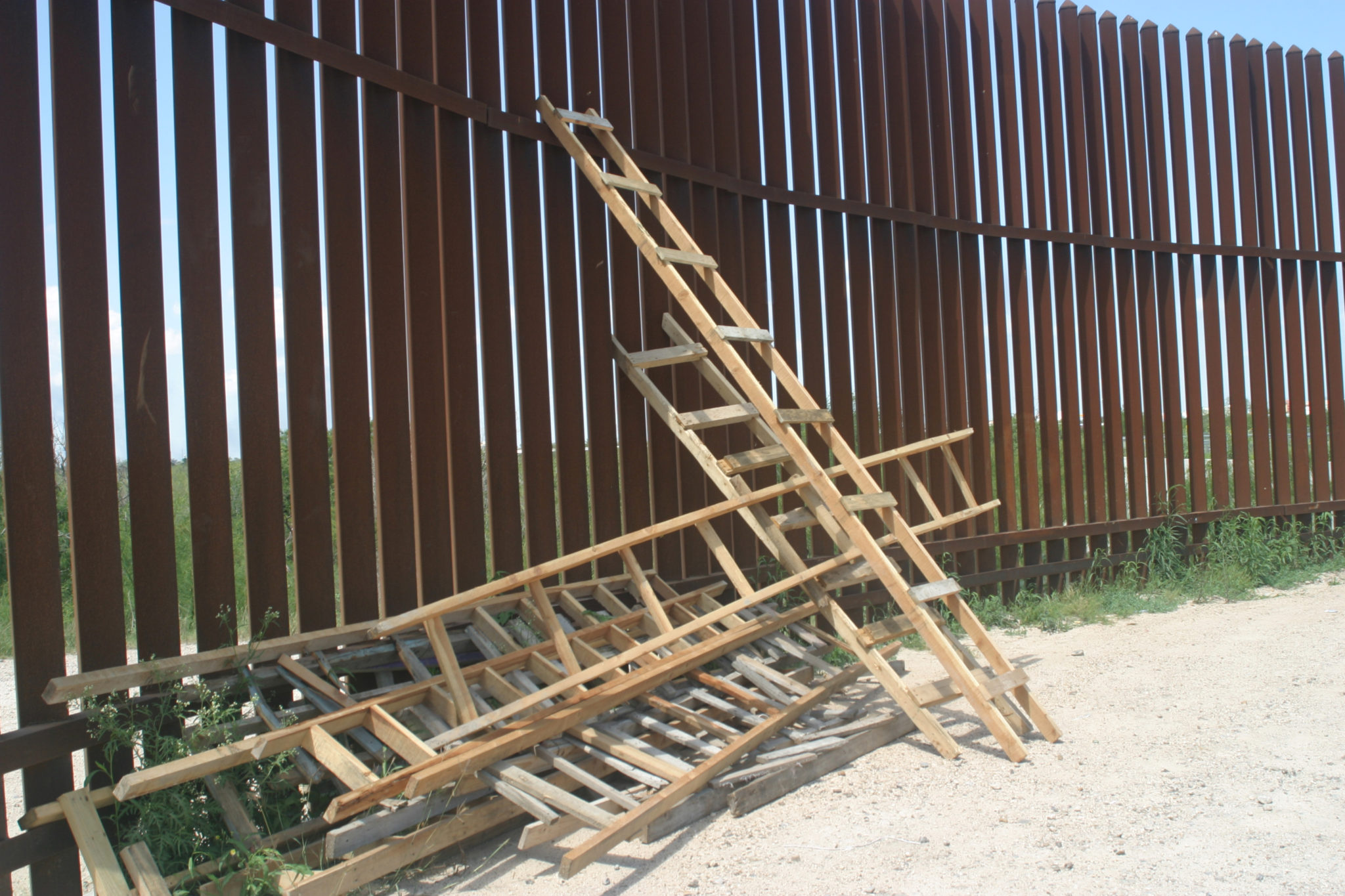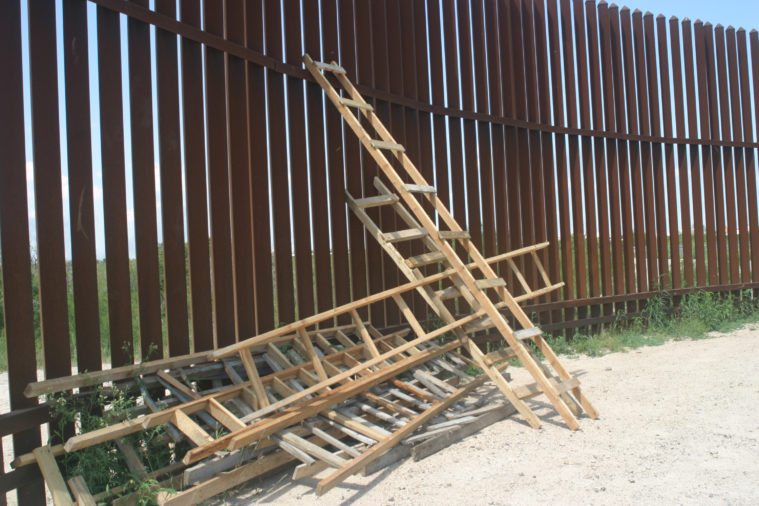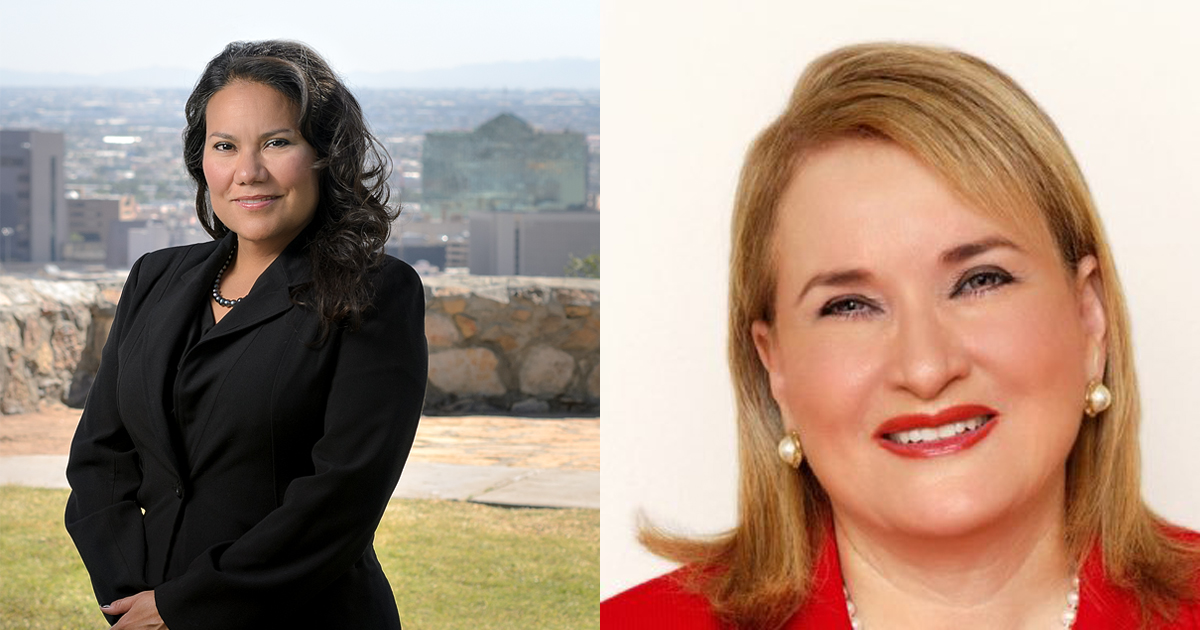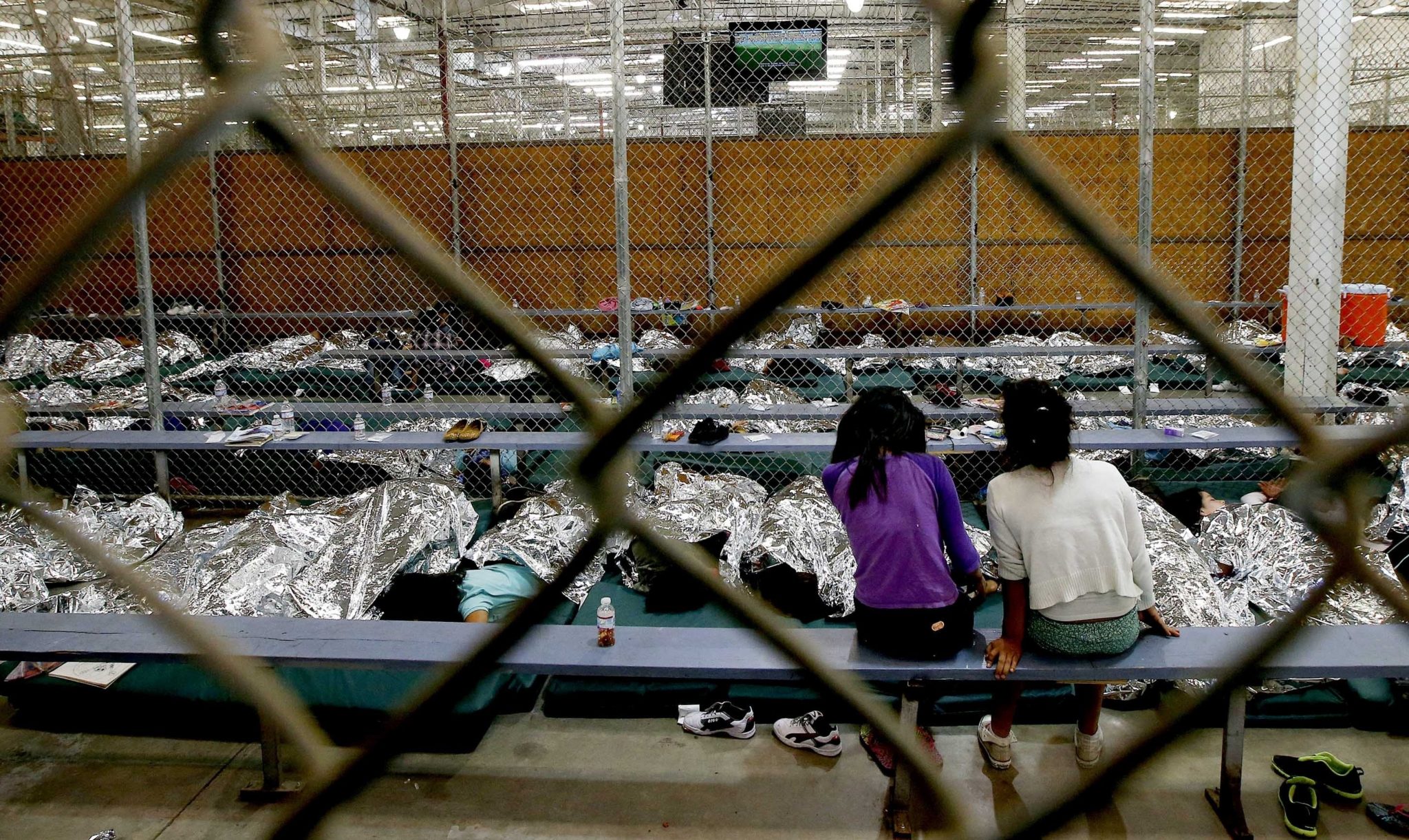
Border Expert Scott Nicol on How Trump’s Wall Will Hurt Texas
“We’ve prioritized border walls over everything else.”


If President Trump follows through on his plan to build a “big, fat, beautiful” wall across the U.S.-Mexico border, Texans will feel the effects — from increased flooding to habitat loss in wildlife refuges. Scott Nicol, co-chair of the Sierra Club’s borderlands team, has been studying the environmental and social impacts of the wall for more than a decade. With a recent leaked report citing a cost of nearly $22 billion for the Trump administration to cover the entire length of the border, most of it in Texas, Nicol spoke with the Observer about why he thinks the wall is a waste of money and won’t make America safer.
Texas Observer: Most of the remaining area where the wall hasn’t been built is in Texas, right?
Scott Nicol: Yes. Texas has about 1,200 miles out of the 1,900-mile border, but it only has 110 miles of border wall out of the existing 652 miles. This is because of the difficulty and time it takes to condemn properties and because of the rugged geography. [At least 95 percent of Texas borderland is privately owned.]
Which Texas towns do you think will be first to get a border wall under Trump?
I think Roma, Rio Grande City and Los Ebanos will be the first. These sections [14 miles in total] were included in the original takings in 2007 and 2008, but they didn’t get built because they’re in the floodplain and there would be big risks for flooding for people in communities on both sides of the river.
Initially, the International Boundary and Water Commission [IBWC, a binational agency that oversees the agreements of the U.S.-Mexico water treaty] rejected those walls, but after years of pressure, the U.S. section of the IBWC reversed their position and now those walls are approved. They’ve got maps already developed and they’ve done most of the land condemnations. And they’ve just initiated some new legal proceedings that will go to condemnation if the landowners refuse the government’s offer.
You mentioned the risk of communities flooding if this section of wall is built. There’s a precedent for this, right?
Yes. In 2008, a border wall that goes through Nogales, Arizona, and Nogales, Sonora, backed up with water 6 feet deep on the Mexican side and it was ankle-deep on the U.S. side. In Mexico, two people drowned and there was millions of dollars in property damage and cars piled up against the border wall.

A couple of years later there was another flooding event, this time out at the Organ Pipe Cactus National Monument, with a wall that was supposed to be permeable. The Department of Homeland Security (DHS) claimed that the water would pass right through it, but that water contained debris like all flood water does. The debris plugged the openings and it basically became a solid dam. The water cascaded over the top, tore out the foundation under the wall and blew out a 60-foot section of wall that was washed away.
Isn’t this why we have the IBWC, to make sure this flooding doesn’t happen on either side of the river? Yet it sounds like the IBWC has basically caved in.
Right. It’s supposed to be a binational organization. The Mexican section continues to say that these walls are not acceptable because of the damage they can do to Mexican communities. But the U.S. section says, “We disagree,” which means there is a stalemate. This should mean that nothing gets built until both parties decide, but instead, the U.S. section of the IBWC is going along with what DHS wants and approving the walls.
What are some other areas you think will be targeted?
The quickest ones would be the Lower Rio Grande Valley Wildlife Refuge and Big Bend National Park, because the federal government already owns the land. Big Bend, in particular, would be an insane engineering feat. But that would still be a faster path than all of the land condemnations it’s going to take to build everywhere else in Texas. Land condemnations take years to wind through the courts.
You’ve been studying the border wall for a long time. How easy is it to climb over?
[Laughs] There’s a video of me on YouTube doing it in nine seconds. It’s not hard. The Border Patrol has called it a speed bump in the desert, and that’s about right.
So what if they make it higher?
[Laughs] Then it will take 18 seconds to climb instead of nine.
You’ve also found piles of ladders around the wall.
Oh yeah. I have two ladders at my house that I picked up near the wall and I’ve seen piles that are 10 or 20 ladders deep. It’s not difficult to get over. And smuggling operations will dig a tunnel under it. If we actually had a wall from coast to coast, smugglers would just get on a boat and go around it. It’s beyond useless.
What kind of impact does the wall have on the environment?
The biggest problems coast to coast are habitat fragmentation and flooding. You have animals like the ocelot in South Texas or the Sonoran pronghorn antelope in Arizona that are already on the endangered species list because their habitat has been greatly reduced. Once you chop it up even more, and make it so they can’t get from one part of their habitat to another, they can’t get food or mate or find water, then you push those species closer to extinction.
Can you talk about the history of Real ID Act and its provision that allows the DHS secretary to waive any law to build the wall?
In 2005, former U.S. Representative Duncan Hunter (R-California) was very upset that 14 miles of border wall in California had not been built because they would need to blow the tops off two mountains then dump the stone and rubble into a canyon so they would have a nice and level slope for the wall to go across. So when they passed the Real ID Act, Hunter put a section in the bill that would allow the secretary of the Department of Homeland Security to waive basically any law on the books to get the wall built.
After the Secure Fence Act was passed, the DHS secretary at the time, Michael Chertoff, waived 37 laws, including the Clean Water Act, the Safe Drinking Water Act and the Endangered Species Act.
The new walls would need a new waiver with the exception of the 14 miles of Roma, Los Ebanos and Rio Grande City because they are included under the old one. But all the new secretary of Homeland Security needs to do is request a new one. The statute is still there and in that respect he has more power than the president does. We’ve prioritized border walls over everything else.
Who do you think benefits most from building the wall?
Well, you’ve got two interested parties. You’ve got politicians that get to grandstand and rail against those people at the border who are fleeing desperate poverty or desperate violence. They get to use it as an election issue, and it comes up every two years.
Then you also have the contractors. Companies like Boeing, Kiewit and Granite Construction have made millions building the wall. When a piece of border wall is washed away by the flood, they just get the same contractor to go back and rebuild it. So they get paid to build it twice.
Would you call President Trump’s mandate to build the wall a contractor stimulus plan?
Yeah, for sure. If tens of billions are appropriated by Congress to build the wall, someone is going to benefit from that money. I’m sure that the people who might get a piece of it are right now just salivating from the thought.
This interview has been edited for length and clarity.


